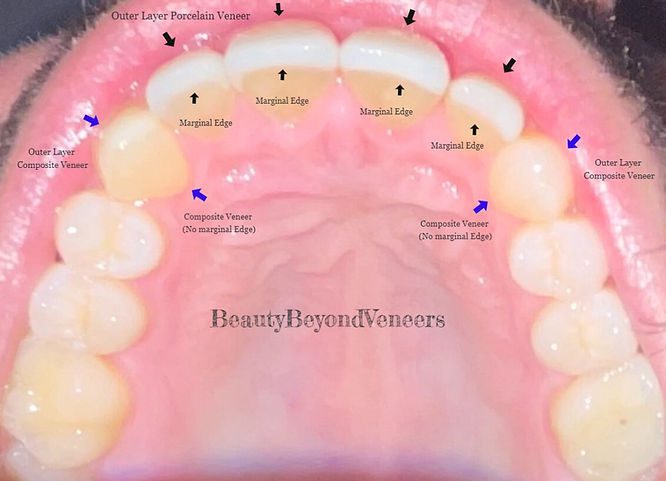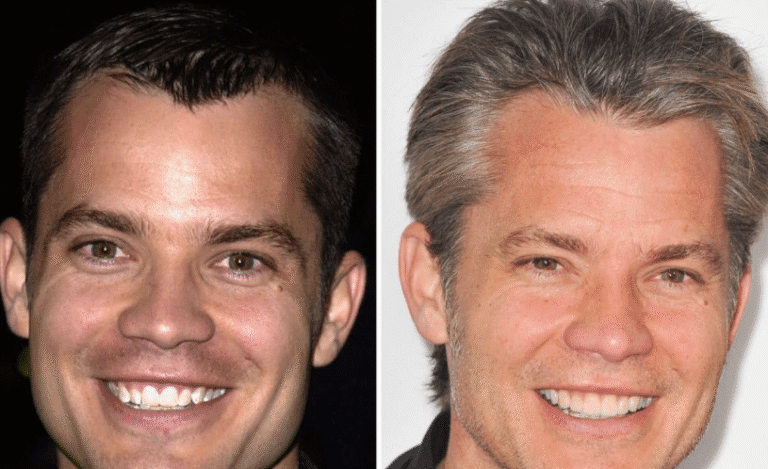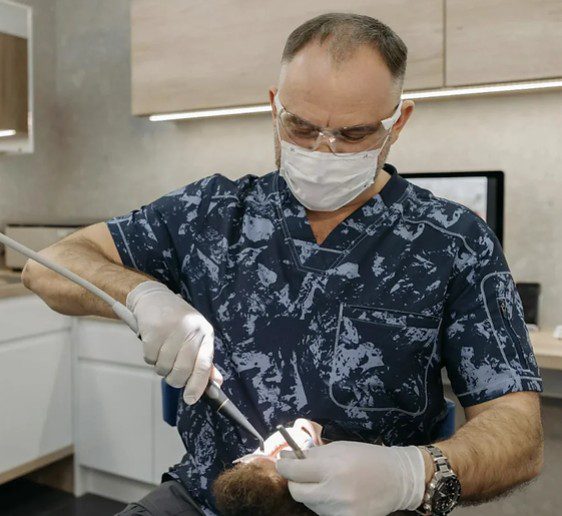Originally published on October 2nd 2024. Updated on May 26, 2025.
In the world of cosmetic dentistry, veneers have long been touted as a transformative solution for achieving the perfect smile. Traditional veneers, however, come with a significant drawback: they require the irreversible grinding down of healthy tooth enamel.

This process, while effective in creating a stunning smile, leaves the teeth permanently altered, making veneers a lifetime commitment.
But recently, a new wave of dentists has been promoting what they call a better alternative—no-prep veneers.
These are marketed as a less invasive option that preserves your natural teeth. However, the truth behind no-prep veneers is far less promising than it appears.
No-prep veneers are marketed as a conservative alternative to traditional veneers, with the promise of requiring little to no removal of tooth structure.
This seems like an attractive option for those looking to enhance their smile without the permanence of traditional veneers.
Dentists who push this option often emphasize the minimal preparation involved, making it sound like an easy and reversible procedure. However, this is where the deception begins.
The Reality: Not Everyone is a Candidate
The truth is that only a small percentage of people—typically between 5-15%—are actually good candidates for no-prep veneers.
These individuals usually have minor cosmetic issues or slightly undersized teeth that can benefit from the addition of a veneer without extensive preparation.
However, for the vast majority of patients, achieving the desired cosmetic result without some level of tooth preparation is simply not possible.
This is where the marketing tactics become deceptive. Once a patient is in the dentist’s chair, they are often told that while no-prep veneers are ideal, their specific case requires “minimal” preparation.
This “minimal” preparation, while seemingly less invasive, still involves the irreversible removal of tooth structure.
The Hidden Irreversibility
Despite the term “no-prep,” the bonding process for these veneers is incredibly strong, meaning that once they are placed, the underlying teeth are permanently altered.
Whether there was minimal or zero prep, the enamel underneath has been permanently altered due to the strong bonding
This means that even with no-prep veneers, the procedure is still irreversible. Patients are often not fully informed about this critical aspect before undergoing the procedure.
Think of it like super-gluing two pieces of wood together. Once the glue sets, the bond is so strong that separating the pieces without damaging them is nearly impossible. Even if you manage to remove the top layer, the original wood is left with glue residue, splinters, and damage that can’t be fully restored.
Similarly, with no-prep veneers, even though the teeth aren’t heavily prepped or in some cases not prepped at all, the bond between the porcelain and the tooth is so strong that once replacements are needed, the underlying teeth are permanently altered and can’t be returned to their natural state.
Additionally, veneers—whether traditional or no-prep—are not a permanent solution. They typically need to be replaced every 10-15 years, depending on wear and tear.
This means that once you opt for veneers, you are committing to a lifetime of replacements, each time further compromising the integrity of your natural teeth.
No-prep veneers are often marketed as a non-invasive, reversible alternative to traditional veneers. However, this portrayal is misleading.
The reality is that the procedure is still a significant commitment, both in terms of the initial preparation and the long-term maintenance required.
Patients are led to believe they are preserving their natural teeth, but in reality, they are simply delaying the inevitable—an irreversible procedure that will require lifelong upkeep.
The Financial Burden of Repeated Veneer Replacements
One often overlooked aspect of getting veneers, especially when considering no-prep veneers, is the long-term financial commitment involved. Veneers, whether traditional or no-prep, are not a permanent solution and typically require replacement every 10-15 years.

This means that if you opt for veneers, you’re signing up for a recurring expense that can become quite significant over time.
Let’s break down the costs. On average, the cost of veneers per tooth can range from $1,000 to $2,500, depending on various factors such as location, the expertise of the dentist, and the materials used.
If you decide to get 10 teeth done, you’re looking at an initial investment of $10,000 to $25,000.
While this might be a justifiable expense for the immediate cosmetic improvement, the long-term financial implications are what patients often fail to consider.
Given that veneers need replacement every 10-15 years, you could be facing this same cost multiple times in your lifetime.
Over a span of 30-45 years, you might need to replace your veneers two or three times.
This could result in a total expense ranging from $20,000 to $100,000 or more, depending on the number of replacements needed and the rising cost of dental procedures over time.
For many, this recurring expense can lead to significant financial strain, especially if it wasn’t planned for.
Moreover, any additional complications, such as damage to the veneers or underlying teeth, could further increase costs, adding to the financial burden.
Conclusion
While no-prep veneers may seem like a less invasive option on the surface, the reality is that they come with many of the same drawbacks as traditional veneers.
The procedure is still irreversible, and patients should be fully informed about the long-term implications before making a decision.
As with any cosmetic dental procedure, it’s essential to weigh the benefits against the potential risks and to be wary of marketing tactics that downplay the irreversible nature of the treatment.

Disclaimer: This content is for informational purposes only and does not constitute medical or dental advice. Always consult with a licensed dental professional before making decisions about your oral health.





